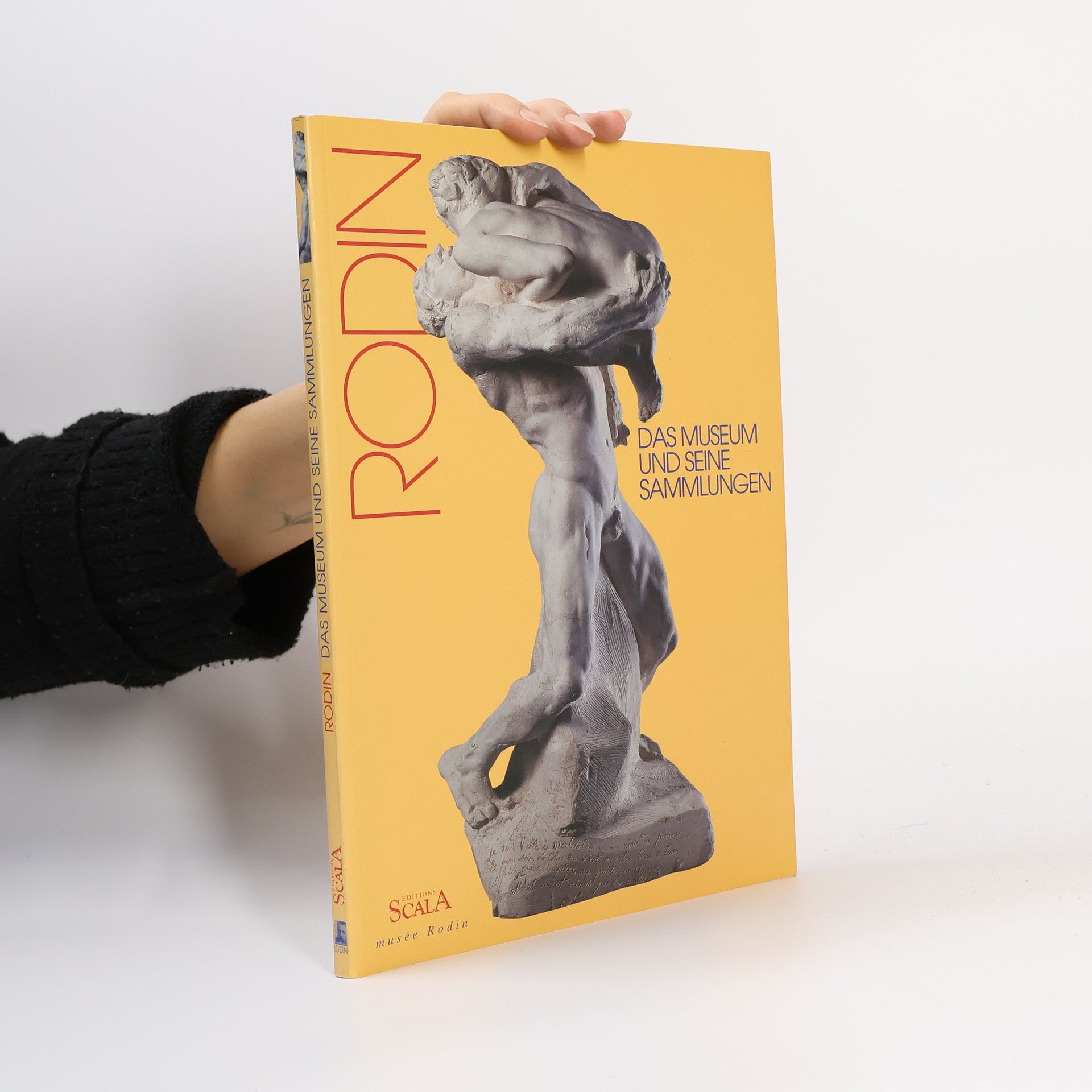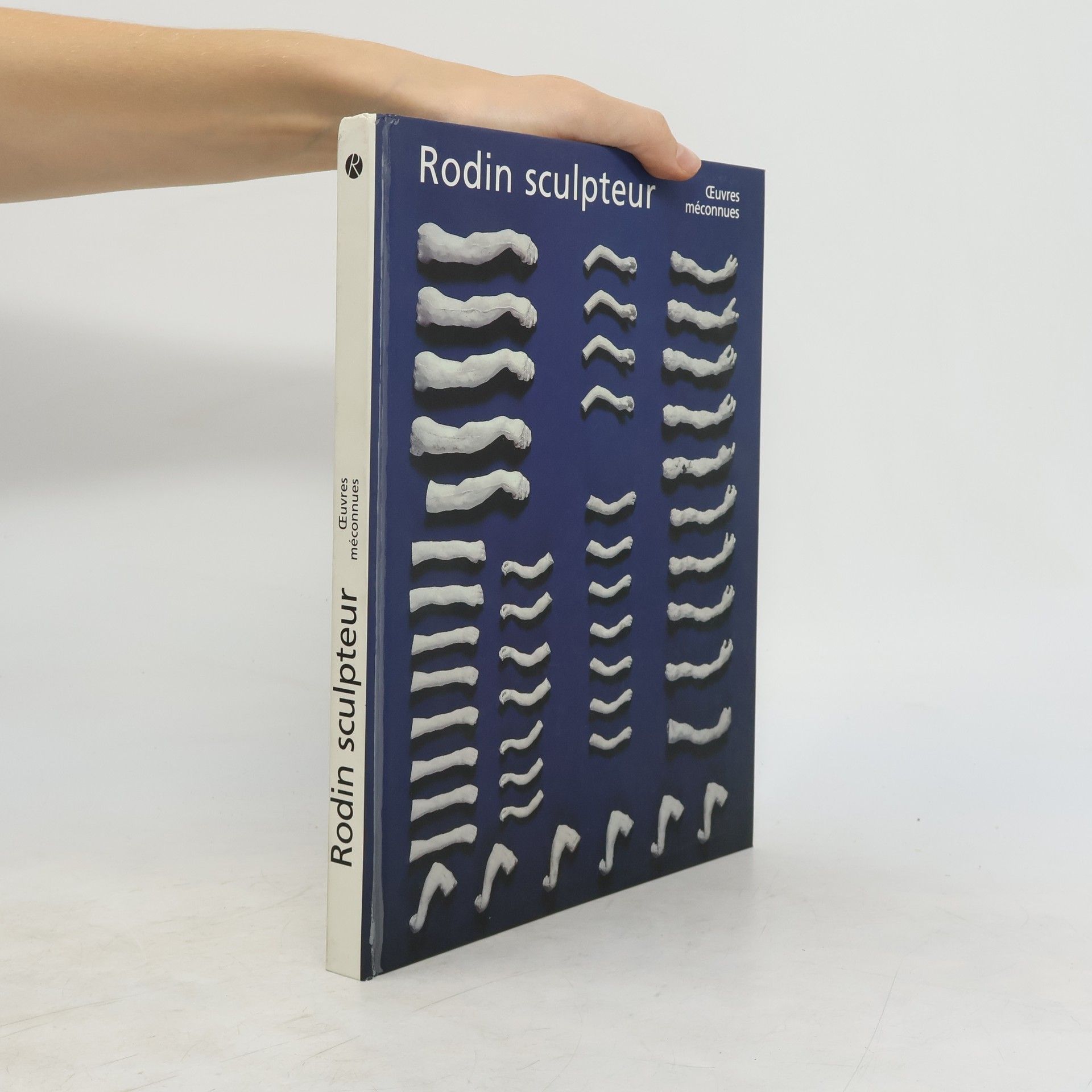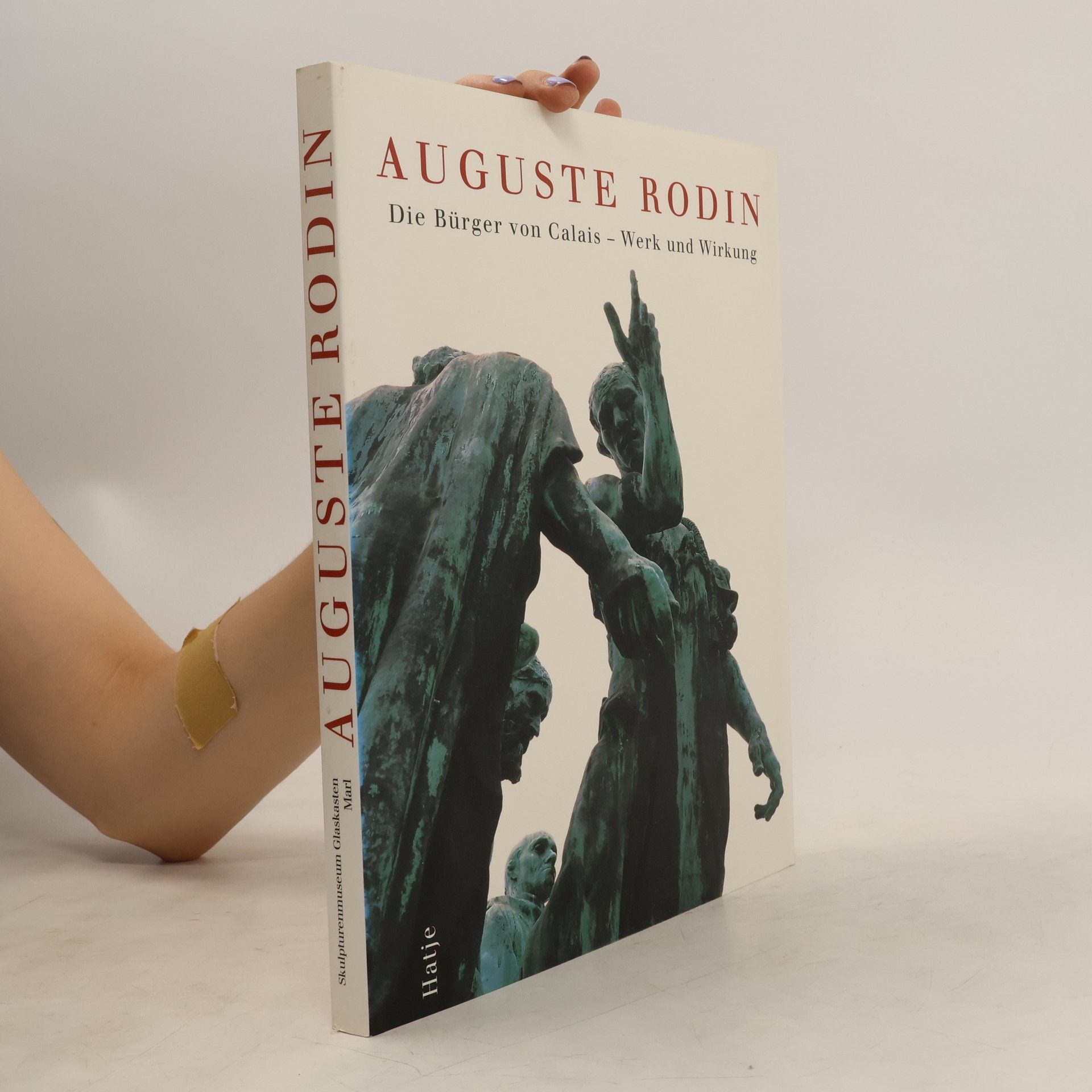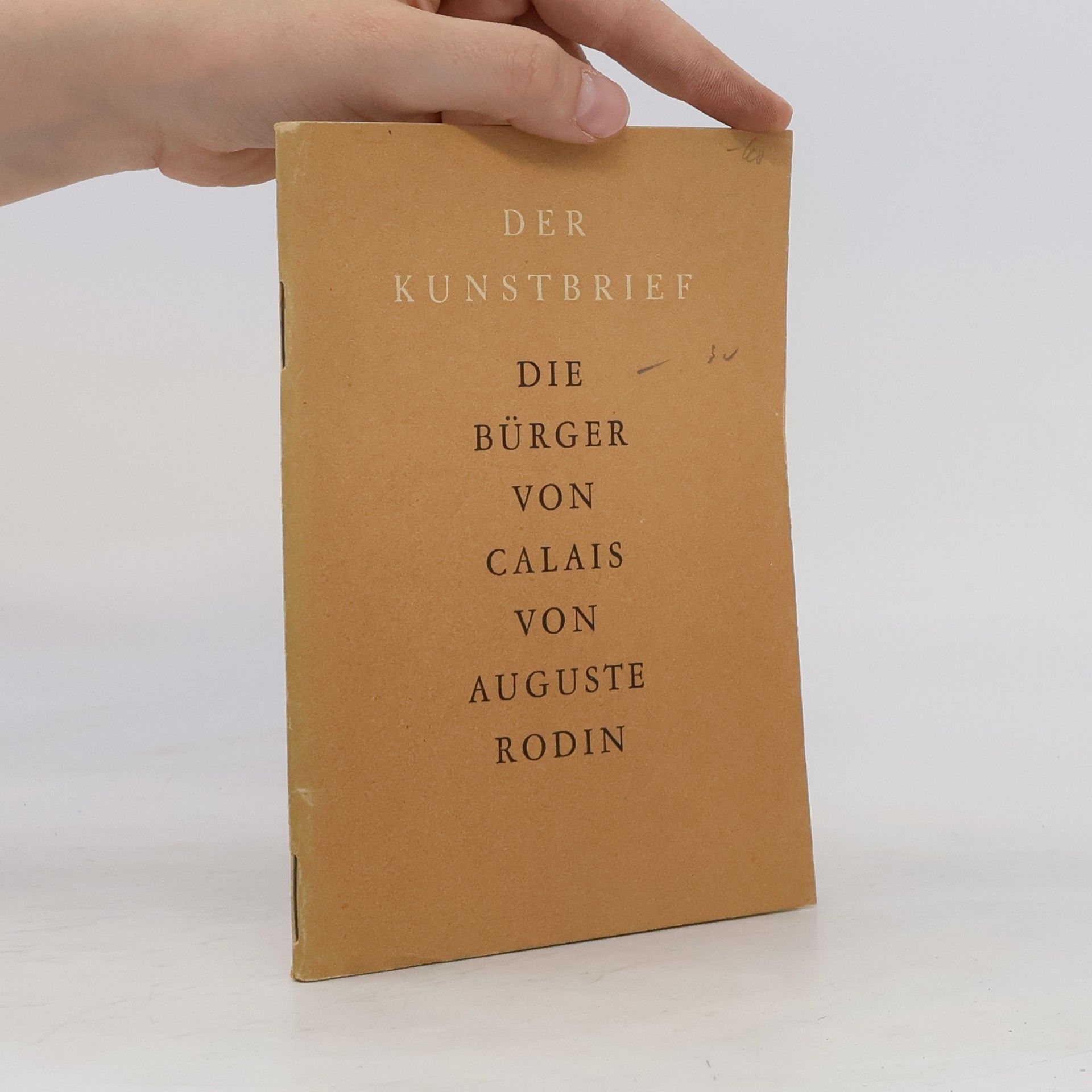Designed to imitate an artist s sketchbook, this exquisite collection of Auguste Rodin s nude drawings is a sensuous celebration of his work. One of the world s most revered sculptors, Rodin spent much of his late career sketching nudes in his studio. At the time these intimate studies were considered obscene and their first public exhibition resulted in scandal. Today Rodin s erotic work is appreciated for its great expressive power, confidence of line, and delicate colors. This collection of more than thirty color drawings offers readers the unique experience of peering over the artist s shoulder as he works. The stunning reproductions, embossed cover and ribbon tie make this a perfect gift for lovers of art and lovers everywhere. Norbert Wolf is an art historian and the author of Gustav Klimt: Erotic Sketchbook, Egon Schiele: Erotic Sketchbook, and The World of Saints (all by Prestel).
Auguste Rodin Boeken
Auguste Rodin geldt als een sleutelfiguur in de moderne beeldhouwkunst, beroemd om zijn diepgaande vermogen om klei te voorzien van complexe, turbulente oppervlakken. Hoewel hij traditioneel was opgeleid en een ambachtelijke benadering volgde, tartte hij de heersende decoratieve en formulematige tradities van zijn tijd. Rodins originaliteit lag in zijn afwijking van allegorie en mythe; hij koos ervoor om het menselijk lichaam met verrassend realisme weer te geven en individuele lichamelijkheid te vieren. Ondanks aanzienlijke kritiek op zijn onconventionele thema's en technieken, leverden zijn unieke visie en compromisloze stijl hem uiteindelijk brede erkenning en een gevestigde nalatenschap op.

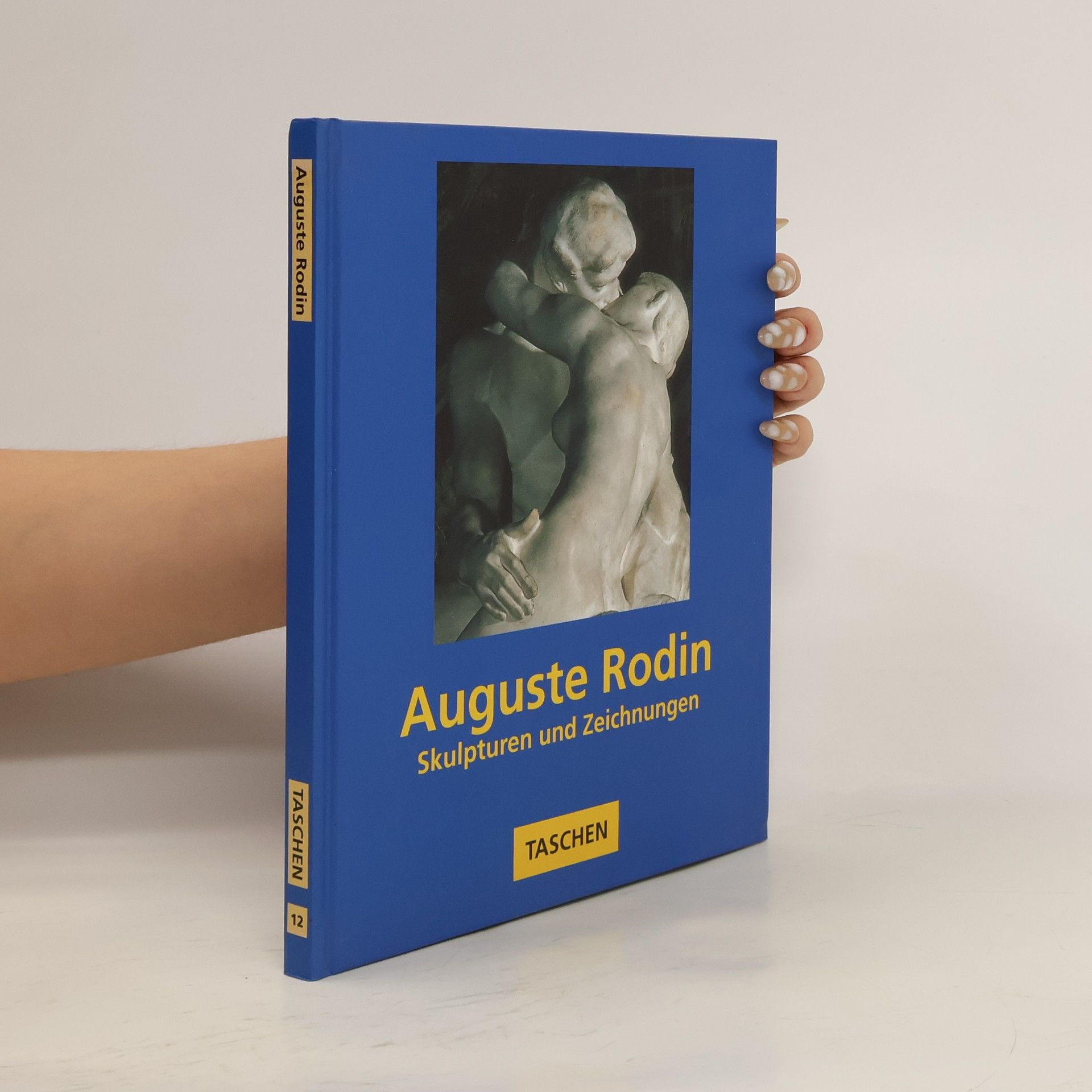
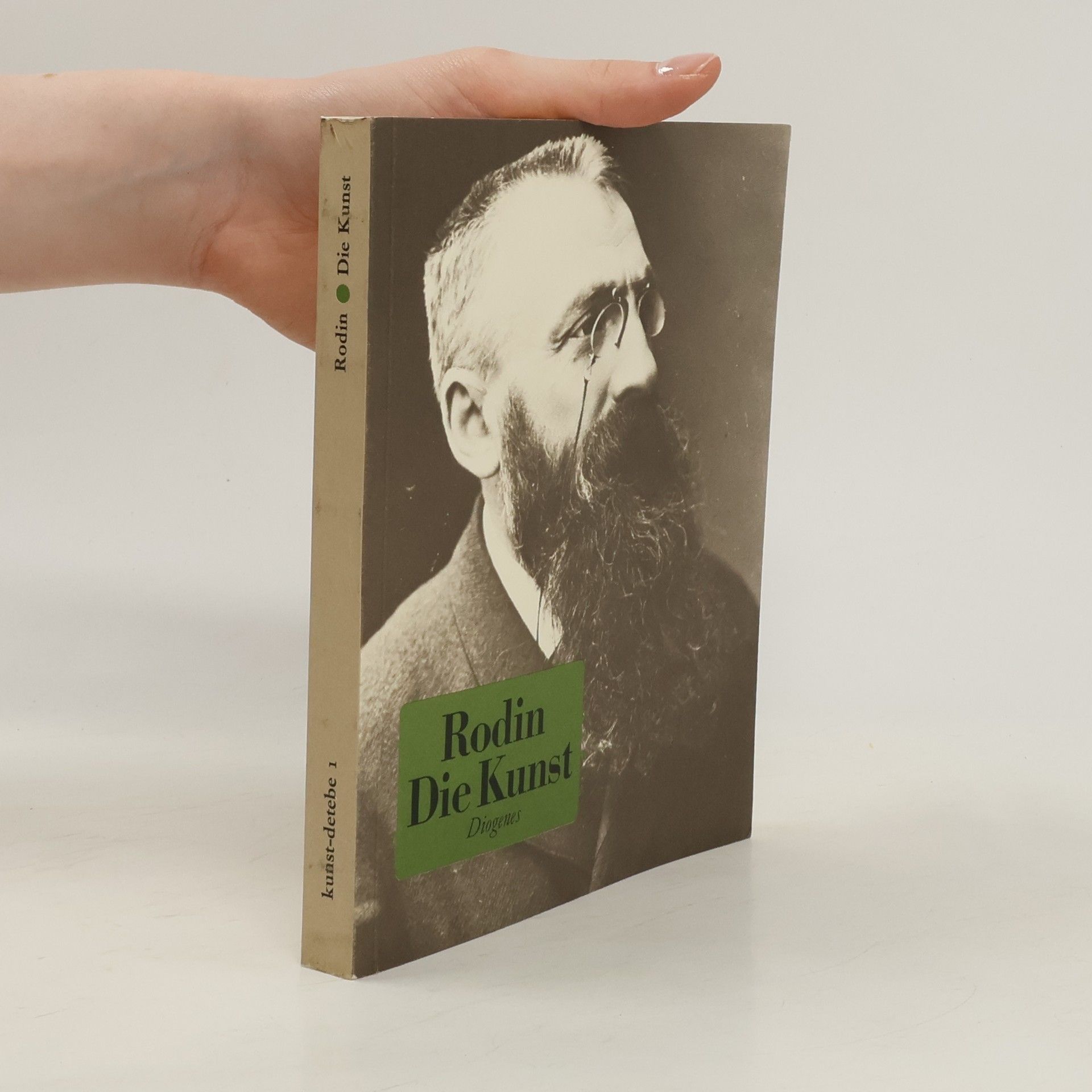
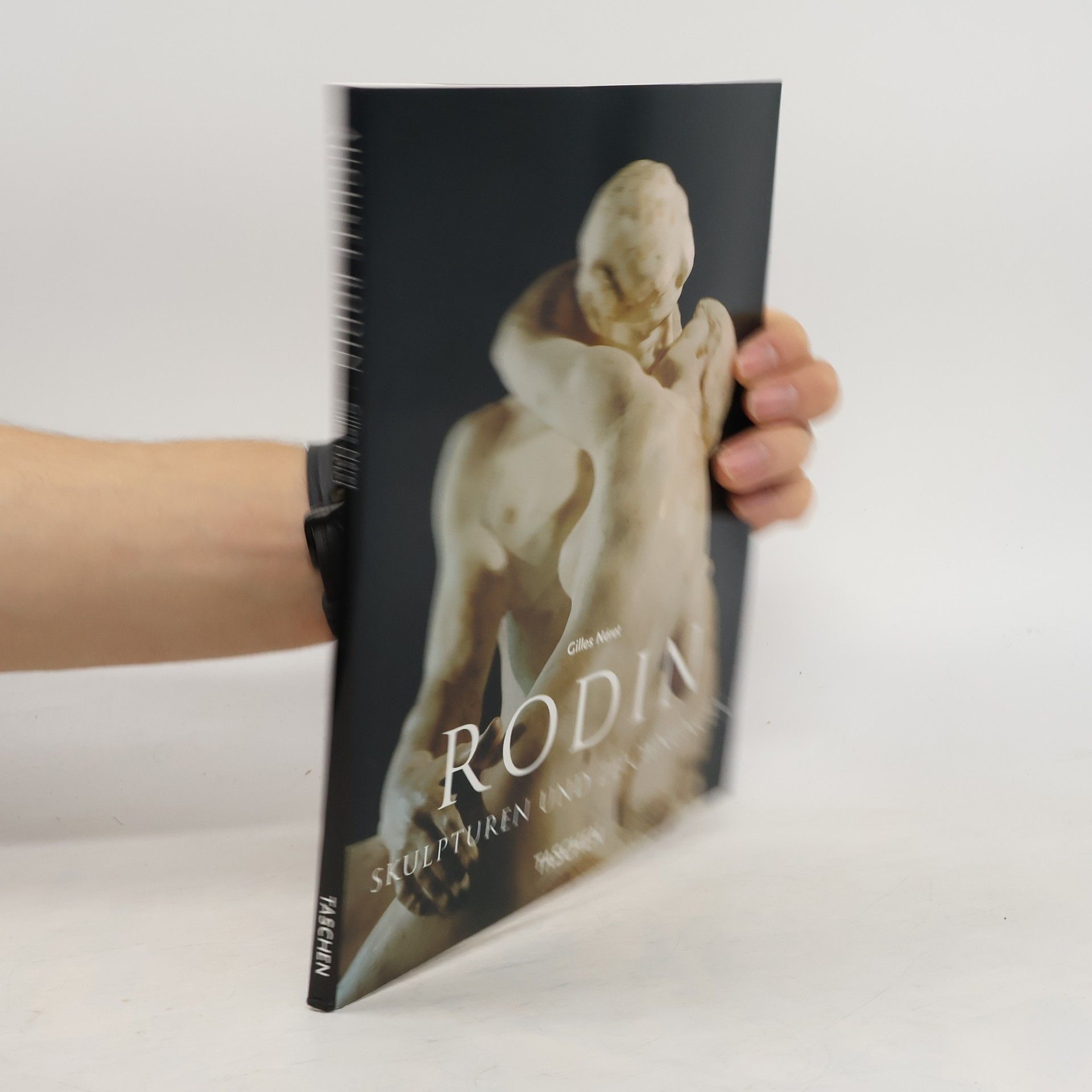
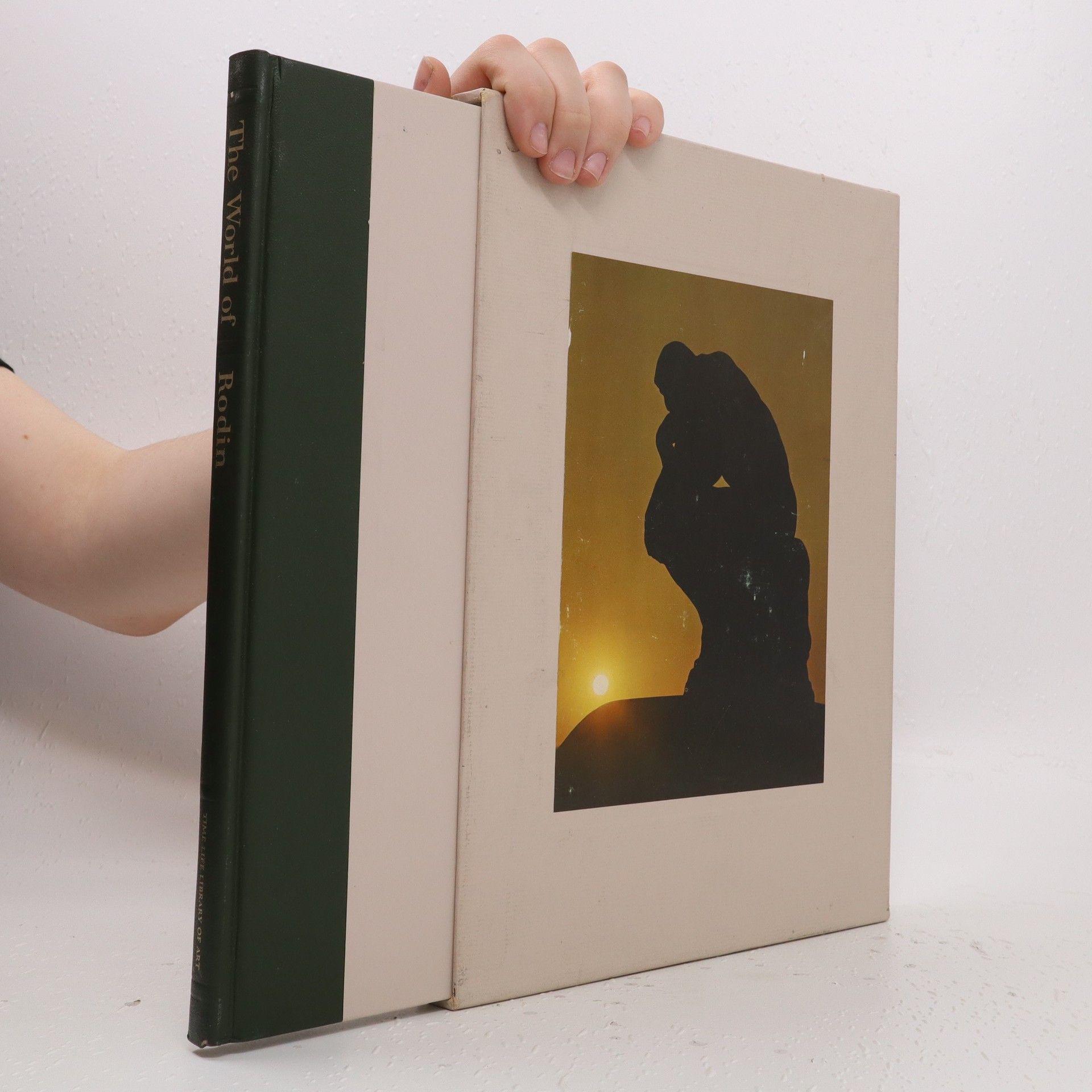
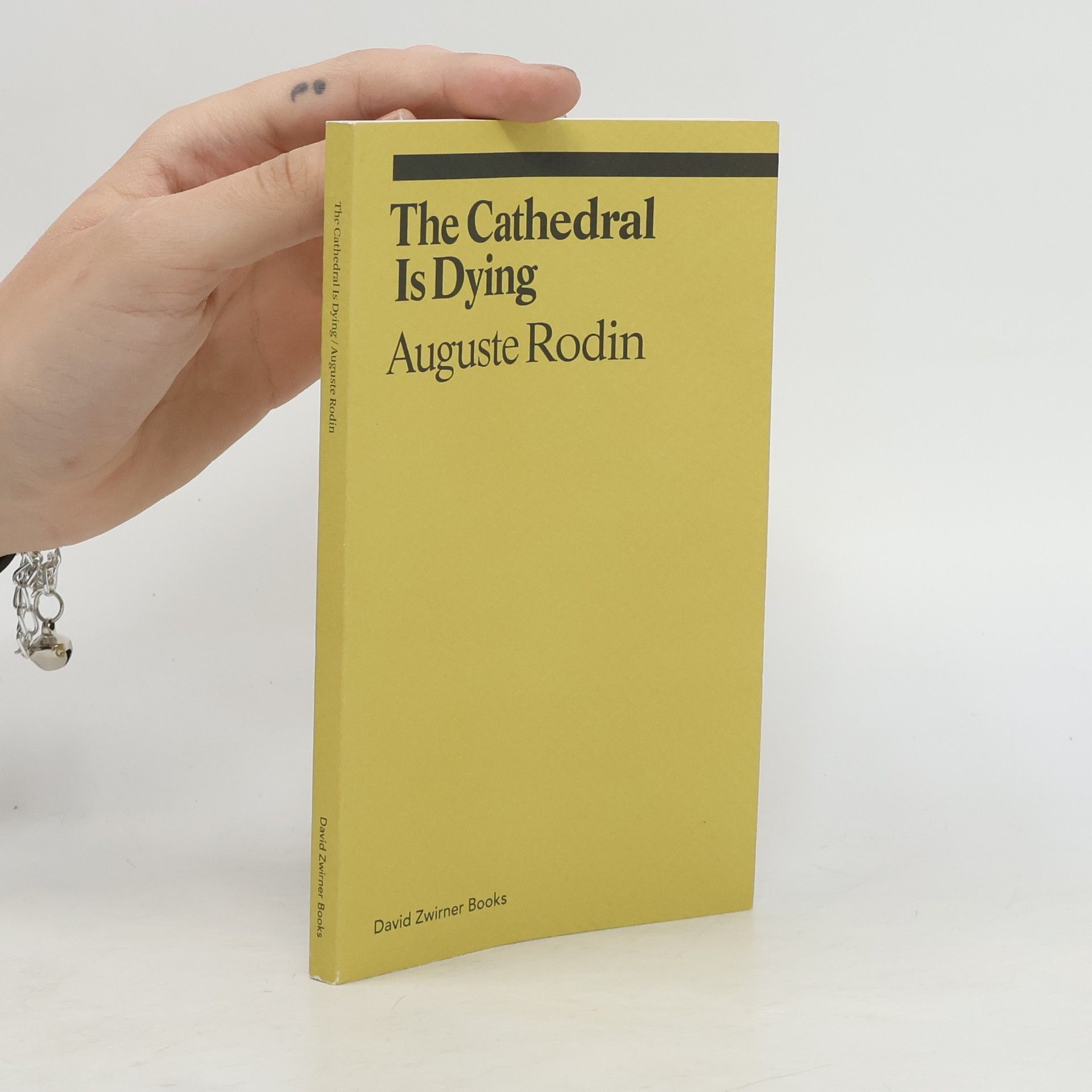
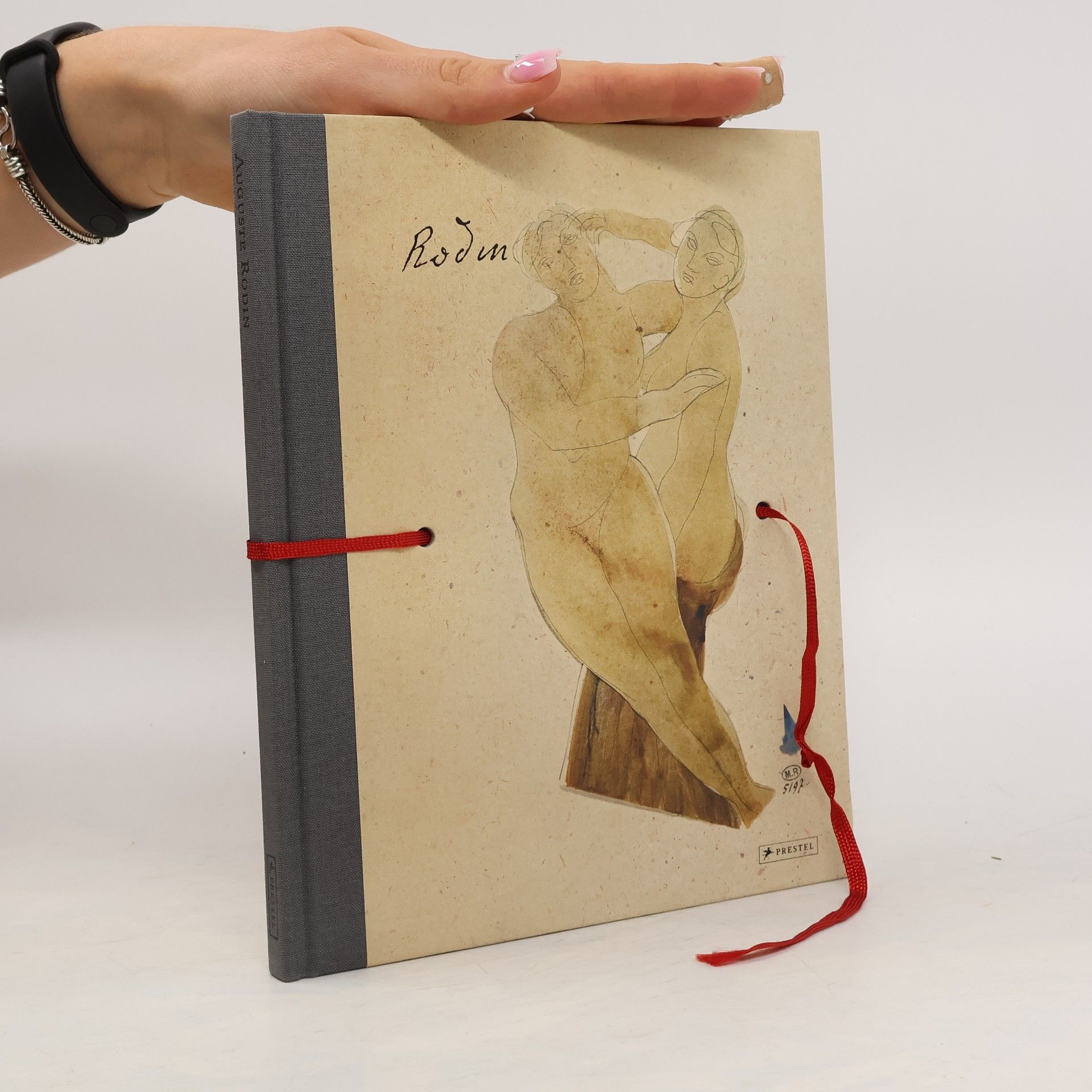
Master sculptor Auguste Rodin’s illuminating writings on cathedrals in France are especially relevant and significant following the recent fire at Notre Dame. In this volume, the writer and Rodin scholar Rachel Corbett selects excerpts from the famous sculptor’s book Cathedrals of France, first published in 1914, just before the outbreak of World War I. Cathedrals were central to the way Rodin thought about his art: he saw them as visual metaphors for the human figure, among the finest examples of craftsmanship known to modern man, and as a model for how to live and work—slowly, brick by brick. Here, Corbett takes the fire at Notre Dame and the concerns over its restoration as an entry point in an exploration of Rodin's cathedrals. Rodin adamantly opposed restoration, as he felt it often did more damage than the original injury. (Many of the cathedrals that Rodin looks at in his texts were, in fact, bombed during the war.) But while he rails against various restoration efforts as evidence that “we are letting our cathedrals die,” the book, with its tenderly rendered sketches and written portraits, is itself an attempt to preserve these cathedrals. The selection of texts in this volume is a reminder—as is the tragedy of Notre Dame—of why we ought to appreciate these feats of architecture, whether or not they are still standing today.
Skulpturen und Zeichnungen
- 92bladzijden
- 4 uur lezen
Meister in der Nachbildung der Menschengestalt. Die Süße der Sünde aus den Wurzeln des Schmerzes
Aus Ton, Bronze und Marmor hat Rodin das menschliche Wesen gestaltet, die Frau besungen, alle Leidenschaften, alle Freuden, alle Laster zum Leben erweckt. Seine Figuren, "in welche der Sünde Süße stieg aus den Wurzeln des Schmerzes" (Rilke). haben die Zeit überdauert und ziehen uns mehr denn je in ihren Bann
Rodin. Das Museum und seine Sammlungen
- 126bladzijden
- 5 uur lezen
Rodin sculpteur
Œuvres méconnues : Paris, Musée Rodin, 24 novembre 1992-11 avril 1993
- 190bladzijden
- 7 uur lezen
Die Bürger von Calais
Werk und Wirkung
